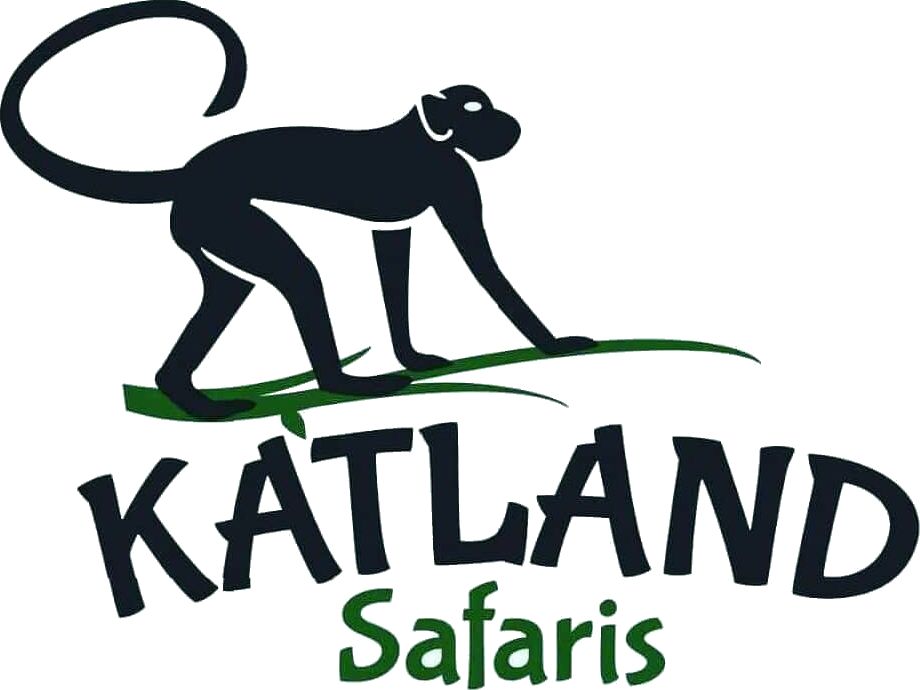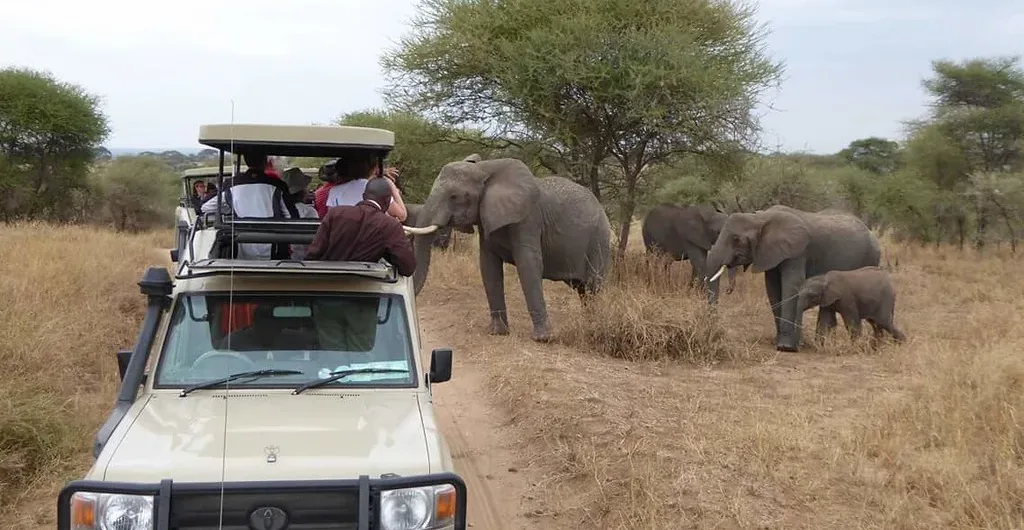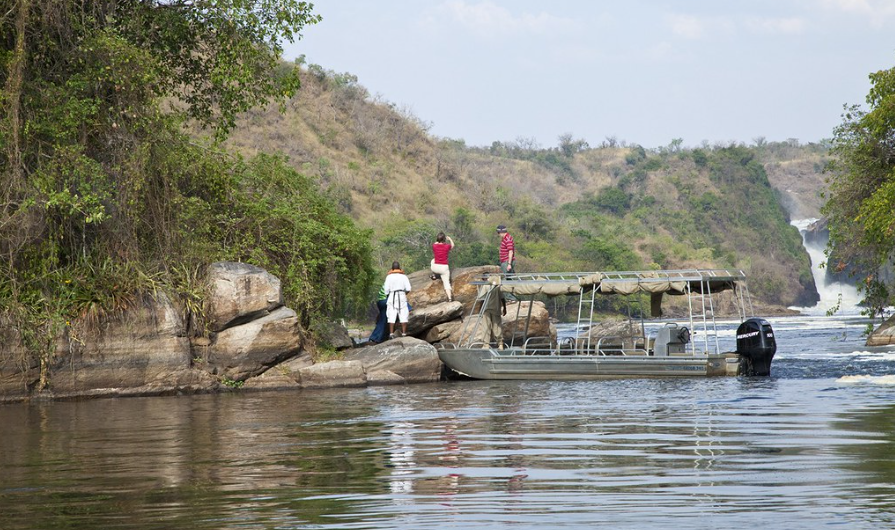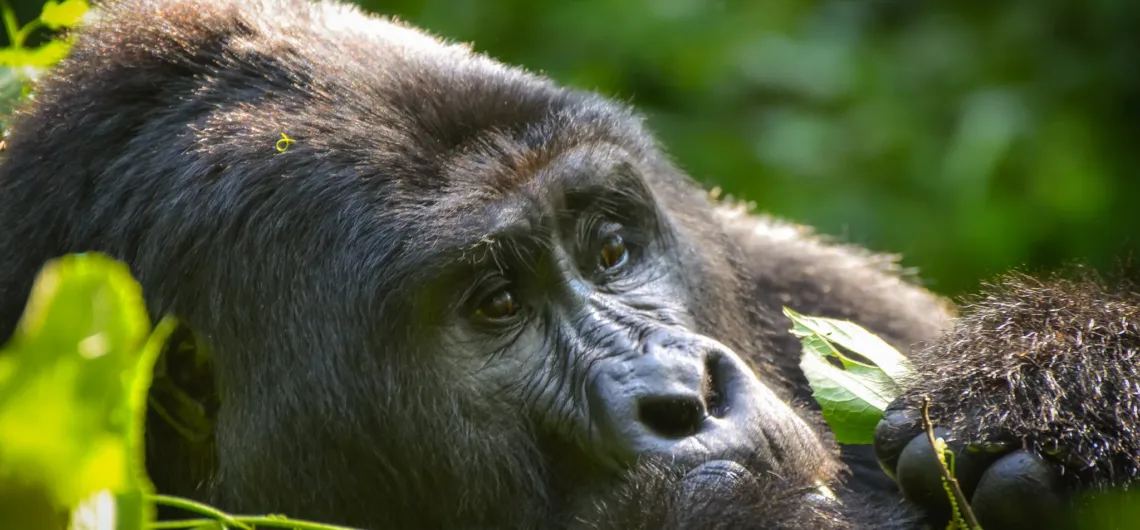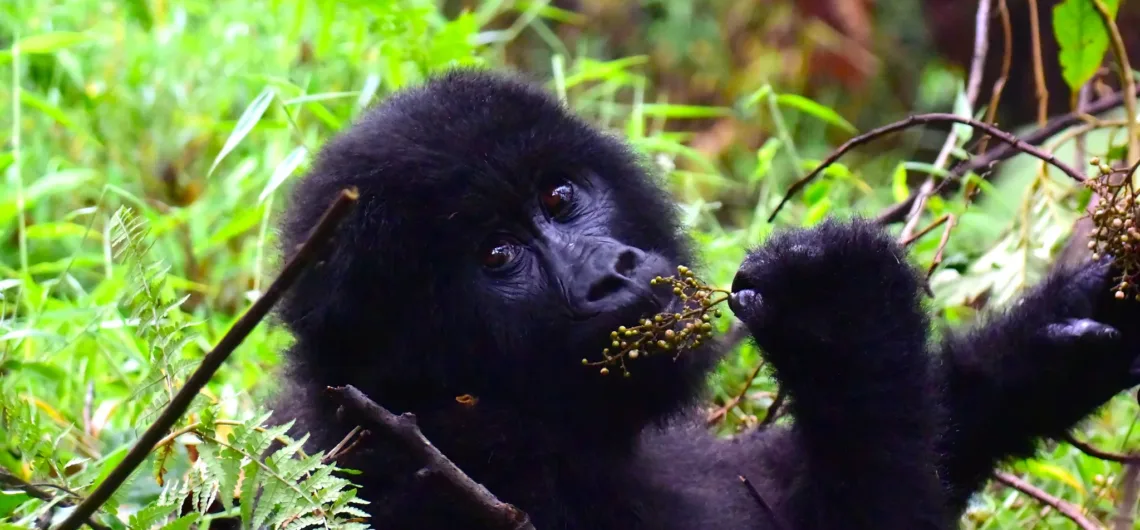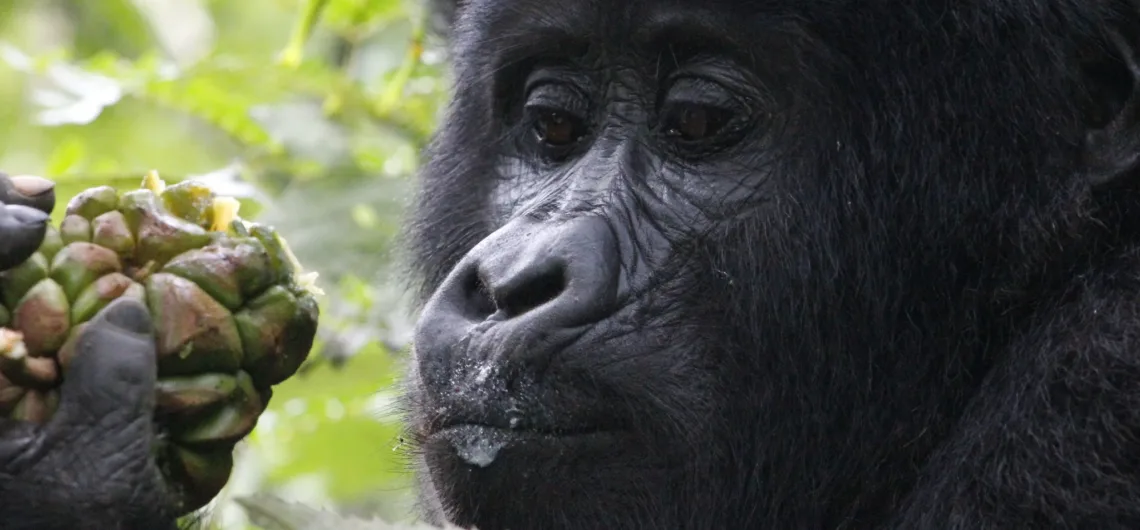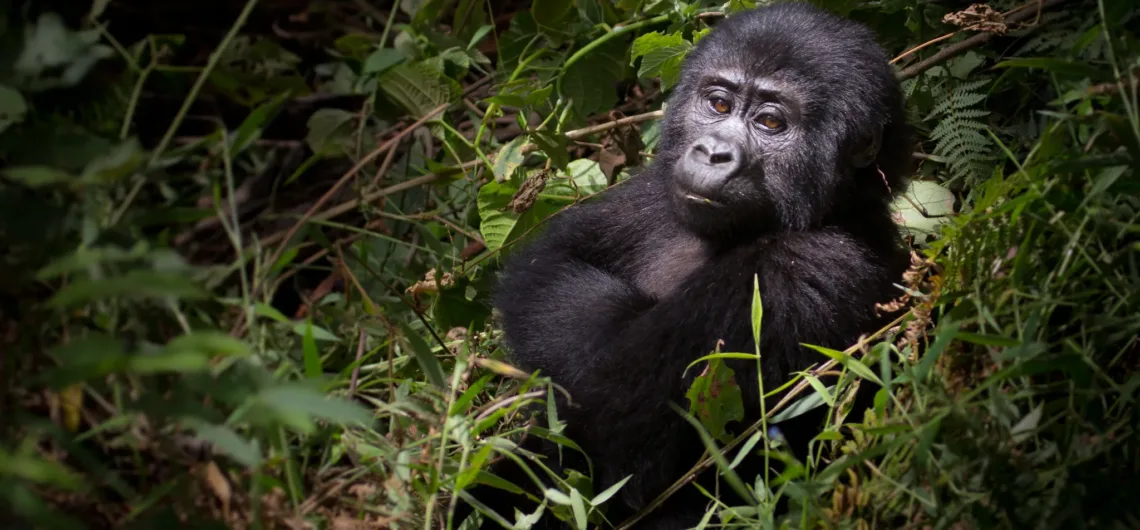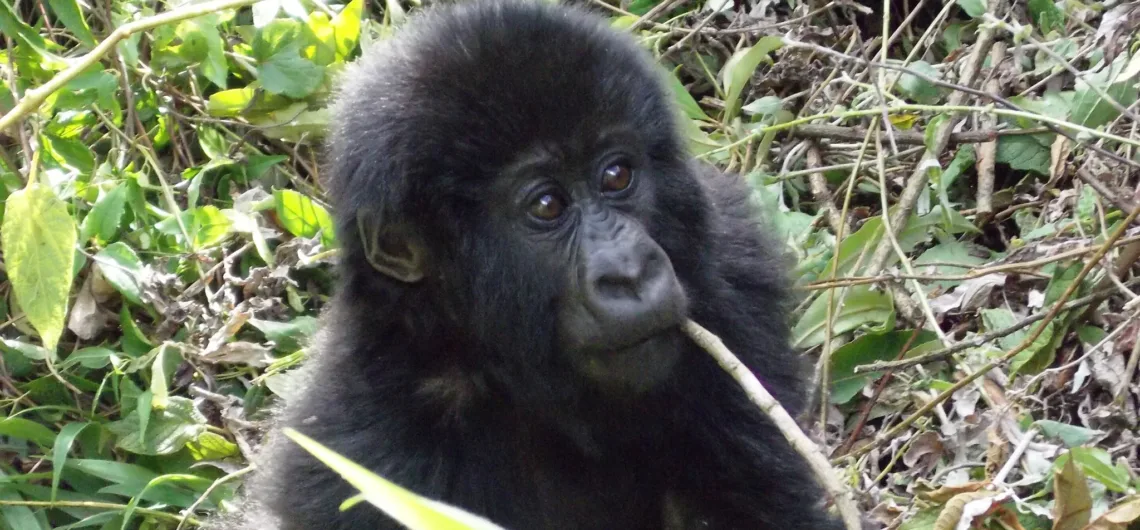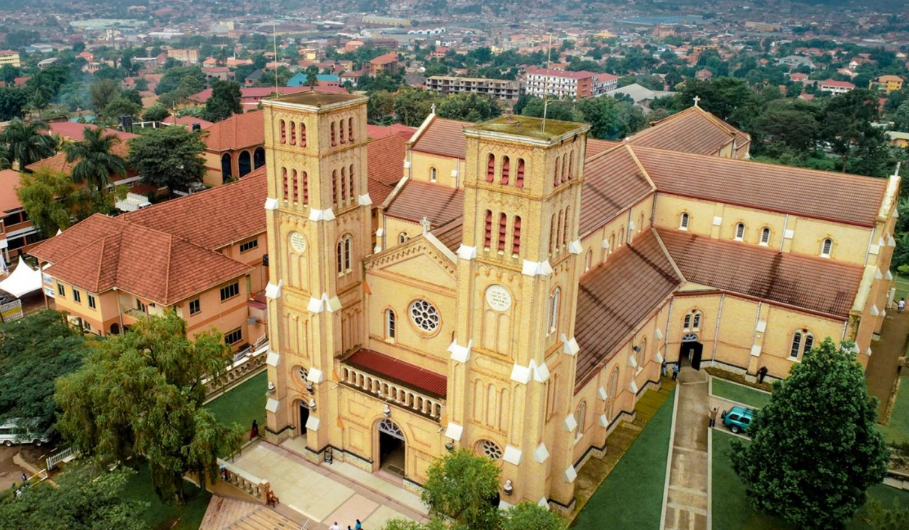Booking a Safari Vehicle in Uganda: A guide on booking the best car for your safari in Uganda.
When Planning a safari in Uganda, One of the most critical aspects of your trip is booking a safari vehicle. Whether you’re exploring the vast savannas, tracking gorillas in dense forests, or navigating rugged landscapes, choosing the right vehicle is essential for a successful adventure. This guide will walk you through the process, offering tips and insights to ensure you make the best choice.
- Why Booking a Safari Vehicle in Uganda is Important
Uganda’s diverse terrain requires a vehicle that can handle various conditions, from smooth highways to bumpy dirt roads. When booking a safari vehicle in Uganda, you’re not just renting a car—you’re ensuring your comfort, safety, and the ability to fully enjoy the experience. The right vehicle allows you to access remote areas, witness incredible wildlife, and travel with peace of mind.
- Types of Safari Vehicles Available
When booking a safari vehicle in Uganda, you have several options to choose from, depending on your group size, budget, and preferences:
- 4×4 Safari Land Cruiser: A popular choice for many safari-goers, the 4×4 Land Cruiser is perfect for rough terrains and offers a comfortable ride. It’s ideal for small groups and families.
- Safari Van: For larger groups or those traveling on a budget, a safari van is a great option. It’s spacious, with pop-up roofs for better wildlife viewing.
- Toyota Prado: This SUV offers a balance of comfort and capability, suitable for both paved and unpaved roads.
Each of these vehicles is designed to handle Uganda’s diverse landscapes, making your safari experience enjoyable and stress-free.
- Factors to Consider When Booking a Safari Vehicle in Uganda
When booking a safari vehicle in Uganda, consider the following factors to ensure you get the best vehicle for your needs:
- Group Size: Make sure the vehicle you choose can comfortably accommodate your travel group and luggage.
- Budget: Safari vehicles come in different price ranges. Decide on your budget beforehand and choose a vehicle that offers the best value for your money.
- Safari Duration: For longer safaris, comfort is key. Choose a vehicle with comfortable seating and adequate space.
- Type of Safari: If you’re planning a gorilla trekking safari, a 4×4 vehicle is essential due to the rough terrain. For wildlife viewing in national parks, a van with a pop-up roof might be more suitable.
- How to Book a Safari Vehicle in Uganda
Booking a safari vehicle in Uganda is straightforward if you know where to look. Here’s how you can do it:
- Book Through a Tour Operator: Most tour operators in Uganda offer safari vehicle rentals as part of their packages. This option provides convenience and ensures that the vehicle is well-maintained and suitable for your safari needs.
- Direct Booking: If you prefer a self-drive, you can book the vehicle directly from car rental companies in Uganda. Make sure to check reviews and confirm the vehicle’s condition before finalizing the booking.
- Online Booking: Many car rental services offer online booking options. This allows you to compare different vehicles, check availability, and make a reservation from the comfort of your home.
- Tips for a Smooth Safari Vehicle Booking Experience
To ensure a hassle-free experience when booking a safari vehicle in Uganda, keep the following tips in mind:
- Book Early: Safari vehicles are in high demand, especially during peak tourist seasons. Book your vehicle well in advance to secure your preferred choice.
- Check Vehicle Condition: Before confirming your booking, ensure that the vehicle is in good condition, with all necessary equipment such as spare tires, a jack, and a first aid kit.
- Understand the Terms: Read the rental agreement carefully to understand the terms, including insurance coverage, mileage limits, and any additional fees.
Conclusion
Booking a safari vehicle in Uganda is a crucial step in planning your adventure. By considering your group size, budget, and the type of safari you’re embarking on, you can choose the perfect vehicle to make your trip memorable. Whether you opt for a rugged 4×4 Land Cruiser or a spacious safari van, having the right vehicle will enhance your experience as you explore Uganda’s stunning landscapes.
